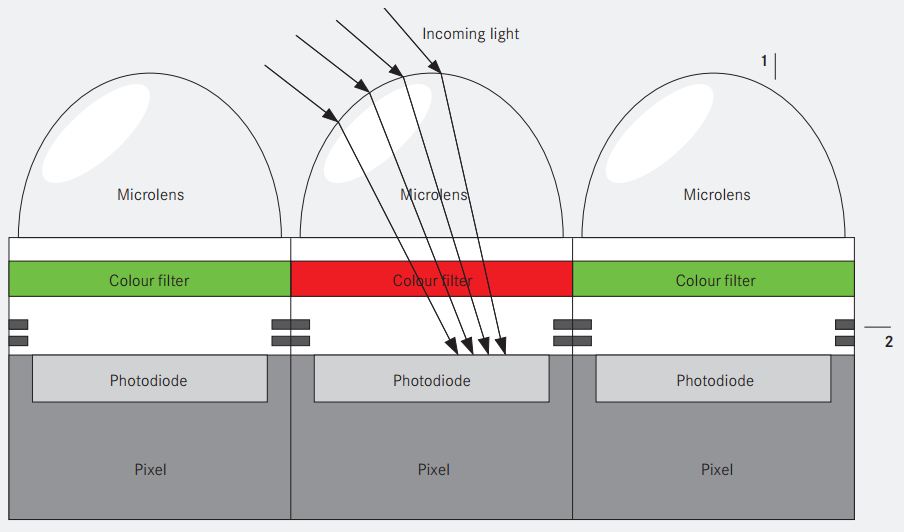
Interesting treatise on Leica sensor design over at the BarnackBerek Blog. Editor Heinz Richter makes the point that just a short time ago it seemed that Leica had missed the changeover to digital photography. This has changed and, as he says, Leica is without question now one of the leading companies in the digital camera market. (Dr. Andreas Kaufmann, however, points out in his Facebook post that, far from missing the boat, Leica developed its first digital camera, the S1, no fewer than 20 years ago).
Richter goes on to discuss the sensor requirements for ensuring that Leica’s modern digitals can play well with as many as possible of the vast numbers of M-mount lenses out there:
When those pre-digital age lenses were designed, nobody thought that in the future an additional piece of glass might be placed behind these lenses. This is the glass cover over any of the digital sensors. It was necessary for Leica to develop a sensor which compensated for this, a sensor that was immune to the angle by which the light was reaching the sensor. For that reason Leica decided to develop a sensor that specifically addressed their needs instead of using existing sensor technology.
Concluding, Richter believes that the race to ever greater numbers of megapixels has quietened down. In the immediate future he sees emphasis falling on sensors with less noise and higher dynamic range, not to mention the possibility of curved rather than flat technology. This, he believes, would allow for the design of “substantially more compact lenses and also more compact camera systems.”
You can find the full article, with many illustrations of sensor design, here at the BarnackBerek Blog.
